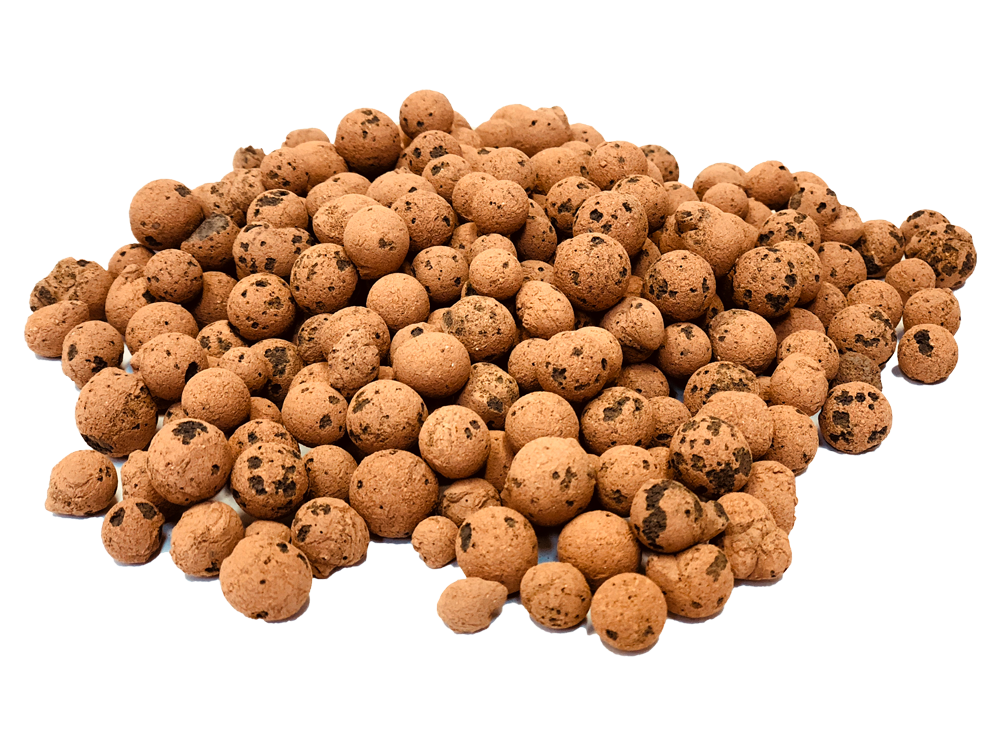

2019-10-04 05:50:52

Have you ever thought of growing plants without using soil? This is a very popular and practical abstraction introducing all over the world. Countries and states facing challenges with plantation and water are persistently looking for new and distinct ways to make the best use of what they have.
With the advancement of modern research and the invention of ECA ® (Expanded Clay Aggregate) has made it possible. These clay pebbles are simply the tiny clay balls underwent excessively-high temperature.
When fired under a rotary kiln, these tiny pebbles expand and become porous within. These are also known as Hydroponic Clay Balls, Hydroton, clay pebbles, or light expanded clay aggregate.
Replacing the ordinary aggregate with an artificial lightweight aggregate formed by extended clay obtains a concrete aggregate is termed as structural lightweight concrete.
Structural Lightweight Concrete manufactured with rotary kiln produced structural lightweight aggregate resolves durability and weight problems in exposed and building structures.
This concrete has more stability and strengths as compared to normal weight concrete, yet is typically 25% to 35% lighter. Structural lightweight concrete offers substantial cost reductions, design flexibility and by providing less dead load, better fire rating, improved seismic structural response, thinner sections, longer spans, less reinforcing steel, decreased story height, smaller size structural members, and lower foundation costs.
Structural lightweight concrete precast elements have lower trucking and placement costs. The outstanding performance of these concretes made with expanded clay, slate or shale structural lightweight aggregate is the consequences of the ceramic nature of the aggregate, its magnificent bond, and elastic compatibility with the cementitious matrix.
Concrete using Expanded shale, expanded clay and expanded slate (ESCS) lightweight aggregate has enhanced thermal properties, reduced autogenous shrinkage, better fire ratings, excellent freezing and thawing durability, less micro-cracking as a result of better elastic compatibility, improved contact zone between aggregate and cement matrix, better shock and sound absorption, and higher blast-resistant. High-Performance lightweight aggregate structural concrete also has improved skid resistance, less cracking, and is readily placed by the concrete pumping method.
Applications of Structural Lightweight Concrete:
Floors in steel frame buildings
Lightweight concrete on fire-rated steel deck assemblies
Concrete frame buildings & parking structures
Bridge decks, piers & AASHTO girders
Specified density concrete
Lightweight concrete precast & prestressed elements (double-tees, beams, hog slats, tilt-up walls, raised access floor panel planks, utility vaults, pipes, ornamentals, etc.)
Marine structures, floating docks, ships & offshore oil platforms
Fill concrete and insulating concrete
Raw material, Clay is used for the production of lightweight aggregates as it is readily processed into appropriate and suitable granules and forms low-density, but elevated strength aggregate particles when sintered at a comparatively lower temperature.
The usage of waste clay to make lightweight aggregate, generated by major infrastructure development projects has a friendly environmental impact and contribute towards a more circular economy.
Leave a Comment
Your comments added successfully.Thank You!